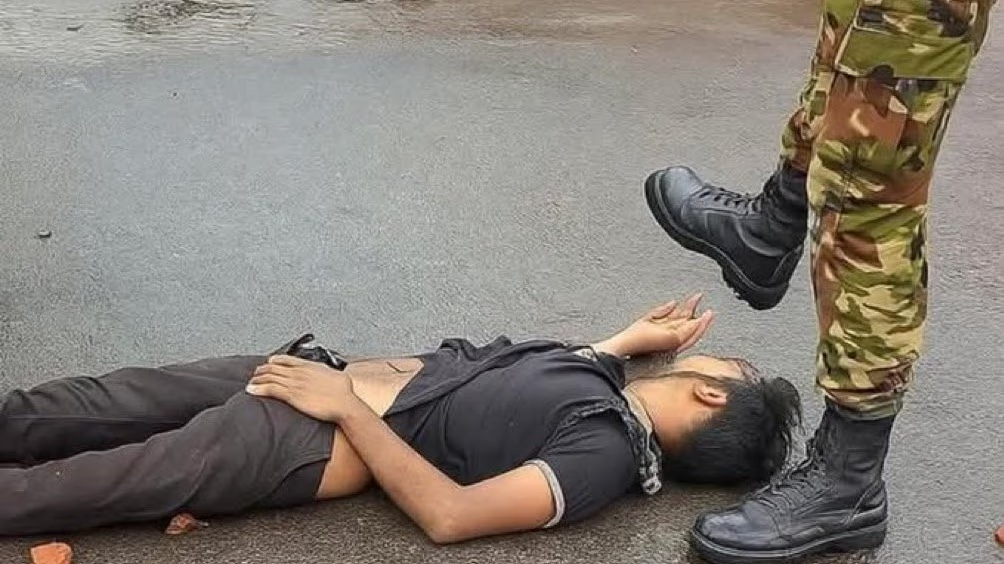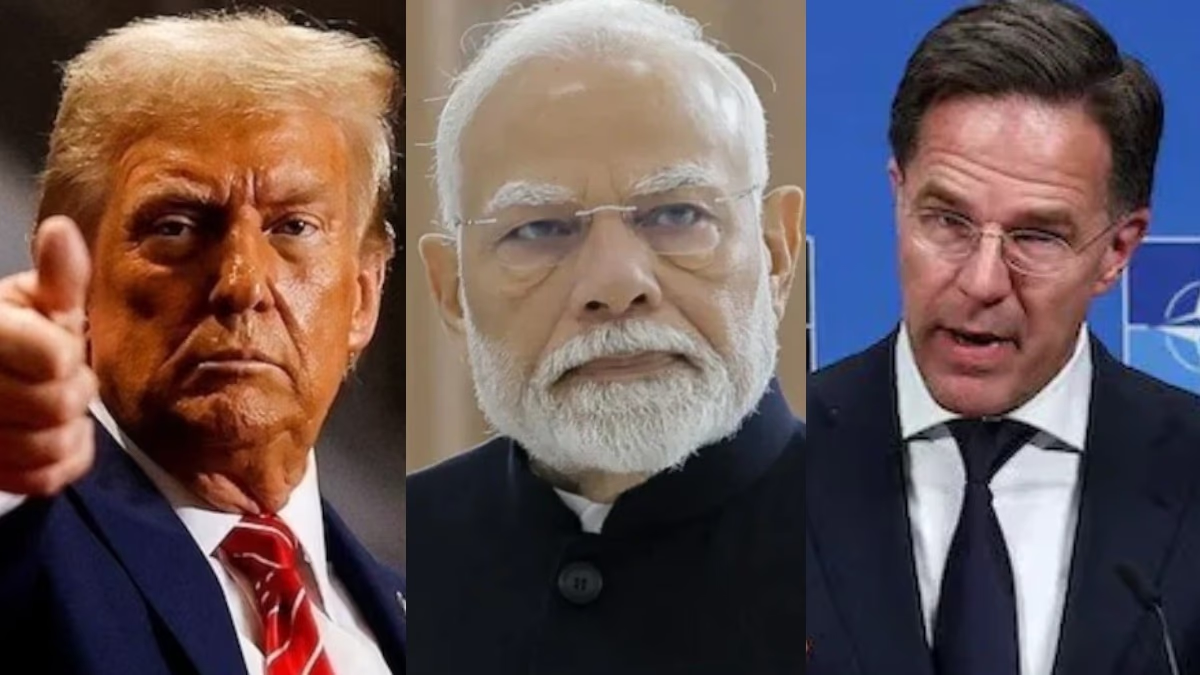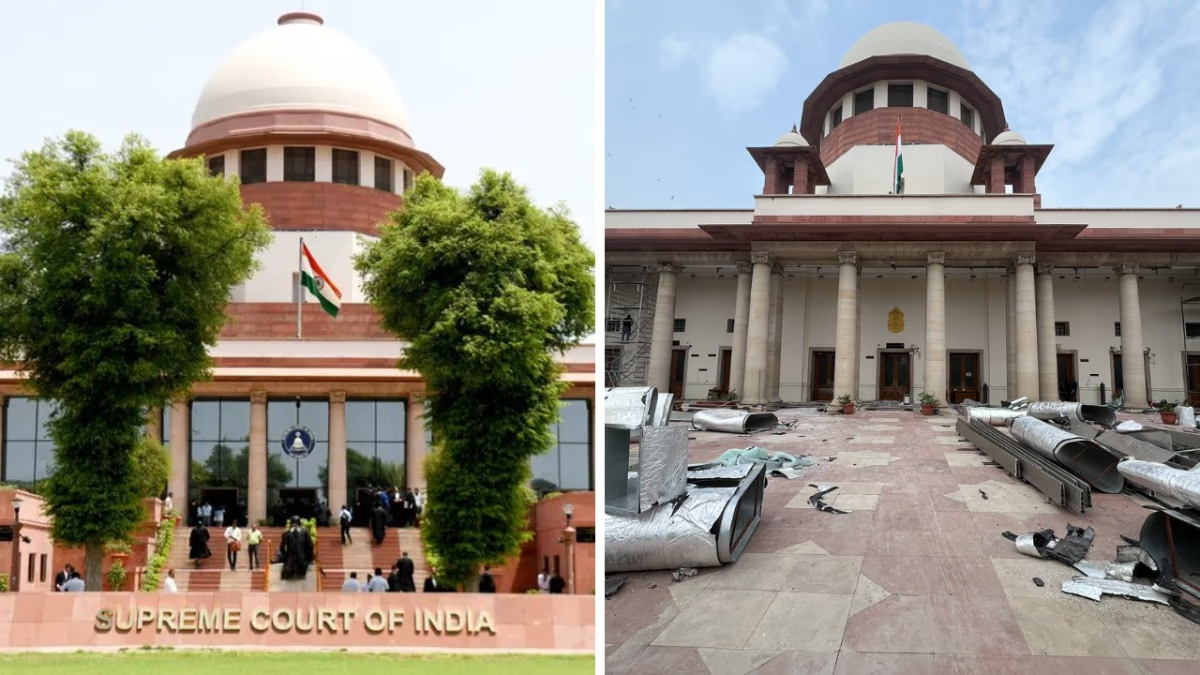Recognizing and preserving historical wonders worldwide, UNESCO has enlisted 12 forts from the Maratha era as World Heritage Sites. Of these, 11 are in Maharashtra, with one from Gingee in Tamil Nadu. These forts are grand witnesses to Maratha pride and the struggle for Hindavi Swarajya.
Built between the 17th and 19th centuries, these forts are symbols of the Maratha Empire's military skill, strategic foresight, and architectural excellence. They include Salher Fort, Shivneri Fort, Lohagad, Khanderi Fort, Raigad, Rajgad, Pratapgad, Suvarnadurg, Panhala Fort, Vijaydurg, and Sindhudurg, with the 12th being Gingee Fort in Tamil Nadu.
Let's delve into the histories of these forts.
Salher Fort
Perched in the northern part of Nashik, Salher Fort is the tallest of the Maratha Empire. Brought under Shivaji Maharaj’s rule in 1671, it witnessed an epic Mughal siege in 1672, which the Marathas heroically defended. Commanders Moropant Pingle and Prataparav Gujar led the Marathas, while Diler Khan and Ikhlas Khan commanded the Mughal forces. Its challenging terrain made it a strategic asset for the Maratha military.
Named after the nearby Salher village in the Satana tehsil of Maharashtra's Nashik district, this fort in the Sahyadri range is famed for its breathtaking views.
Shivneri Fort
The birthplace of Shivaji Maharaj (1630), Shivneri Fort is near Junnar, close to Pune. It bears witness to the formative years of Shivaji and his mother Jijabai, and was where Shivaji dreamed of establishing the Hindavi empire. The fort’s strategic position and robust structure provided security against Mughal invasions.
The fort's history traces back to the 6th century, initially ruled by the Mauryas, later by the Chalukyas, Rashtrakutas, and Yadavas. It fell under Delhi Sultanate control in the 13th century and Bijapur’s Adil Shahi dynasty in 1430. The Mughals seized it in 1630, the same year Shivaji was born, but he reclaimed it by 1674.
Lohagad
Close to Lonavala near Pune, Lohagad Fort is famed for its impregnable structure — as solid as iron, hence the moniker 'Iron Fort.' Captured multiple times by Shivaji Maharaj, it served as a secure treasury. The natural surroundings and military importance make it special.
Though many dynasties ruled over Lohagad, it gained fame under Shivaji Maharaj in 1648.
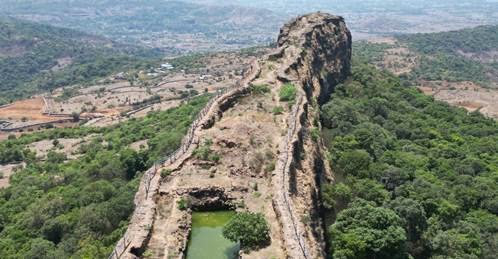
Source: aajtak
Renowned for its massive doors, gigantic walls, and scorpion-tailed structure at its end, Lohagad is truly formidable.
Khanderi Fort
Khanderi Fort, the Maratha Empire’s maritime sentinel near Raigad, safeguarded coastal routes in the Arabian Sea. Built in 1660 under Shivaji Maharaj's orders, it secured Mumbai's sea routes and long served as a launch point for Maratha naval operations. Accessible by boat, Khanderi is a notable tourist destination today.
Raigad Fort
Intricately tied to Shivaji Maharaj’s struggles, Raigad Fort is where the Maratha king outmaneuvered Mughal ruler Aurangzeb on August 17, 1666, miraculously escaping Agra’s imprisonment. Following this, Shivaji embarked on a 91-day journey to Raigad fort in Maharashtra.
Initially named Rayri and conquered from local chieftain Chandrarao More in 1656, Raigad was revitalized by Shivaji Maharaj to become his capital in 1674. It witnessed his coronation, earning the name Raigad.
Rajgad Fort
Named Rajgad for its pivotal role in shaping Maratha history, originally known as Murumbadev, was seized by Shivaji Maharaj in 1647. Before transitioning to Raigad in 1674, it served as the Maratha Empire’s capital for over 26 years, from which Shivaji conducted military expeditions and safeguarded treasure from Surat in 1664.
Standing atop the Sahyadri range, Rajgad Fort symbolizes Maratha pride, resilience, and architectural brilliance. It's where Shivaji planned significant campaigns and where his son Rajaram I was born, and his wife Saibai passed away.
Pratapgad Fort
A testament to Shivaji Maharaj’s military genius and diplomacy, Pratapgad Fort introduces visitors to history's significant battles. Here on November 10, 1659, Shivaji famously defeated Adilshahi commander Afzal Khan with an innovative strategy.
Located 3,500 feet above sea level, Shivaji built Pratapgad in 1656. Its picturesque lakes dry in summer but rejuvenate with monsoon rains. A notable attraction is a 17-foot statue of Shivaji on horseback, signaling victory as the horse's raised leg denotes survival in battle.
Suvarnadurg
Suvarnadurg, or ‘Golden Fort’, mirrors its name in prestige and strength. Situated in the Arabian Sea near Dapoli, it was instrumental in elevating Maratha naval power to global prominence, its strategic coastal location enhancing its importance.
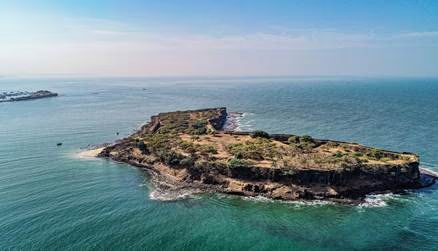
Source: aajtak
The fort's massive walls, grand cannons, and sea protection mark Suvarnadurg’s contribution to safeguarding maritime trade and defending Maratha sovereignty. Its robust design is a testament to Maratha engineering.
Panhala Fort
Panhala Fort, also known as ‘Snake Fortress,’ lies 20 km from Kolhapur. Constructed between 1178-1209 by Shilahara ruler Bhoja II, Shivaji seized it from the Bijapur Sultanate post-1659’s Afzal Khan defeat.
Withholding countless skirmishes for control, Shivaji ultimately reclaimed Panhala in 1673. He spent considerable time here, housing vast troops and cavalry at its peak.
Vijaydurg Fort
‘Gibraltar of the East’ or Vijaydurg Fort is on Maharashtra’s Konkan coast, signifying Maratha naval power. Initially constructed in the 12th century by the Shilahara dynasty and later expanded by Shivaji in 1653, it earned the name Vijaydurg.
It was pivotal under Maratha admiral Kanhoji Angre, a maritime hub asserting dominance over the Arabian Sea against naval threats, ensuring Maratha naval supremacy.
Sindhudurg Fort
Sindhudurg Fort is on a scenic island in the Arabian Sea near Malvan, Maharashtra. Built under Shivaji Maharaj to protect Maratha maritime boundaries, it sprawls over 48 acres with 3 km walls and 22 bastions.
With strategic placement, Sindhudurg was instrumental in defense against sea invasions and trade regulation, challenging Portuguese influence.
Gingee Fort
Located in Tamil Nadu, Gingee Fort symbolizes the southern stretch of the Maratha Empire, dubbed ‘Troy of the East.’ Conquered by Shivaji in 1677, it served as a bastion against Mughal aggression post his demise in 1680.
This fort, covering the newer expanse of Maratha authority and cultural unity, epitomizes their vast reach and strategic outlook. Added to UNESCO's list as part of 'Maratha Military Landscapes of India' on July 12, 2025, it spans three hills, showcasing military might and resilience.
Sprawling over 11 sq km and perched 800 feet high, Gingee was originally built in the 9th century by the Cholas and became a part of the Maratha Empire under Shivaji’s conquest in 1677.
The fort is an exemplary milestone of Maratha military strength, strategic vision, and cultural integration.

